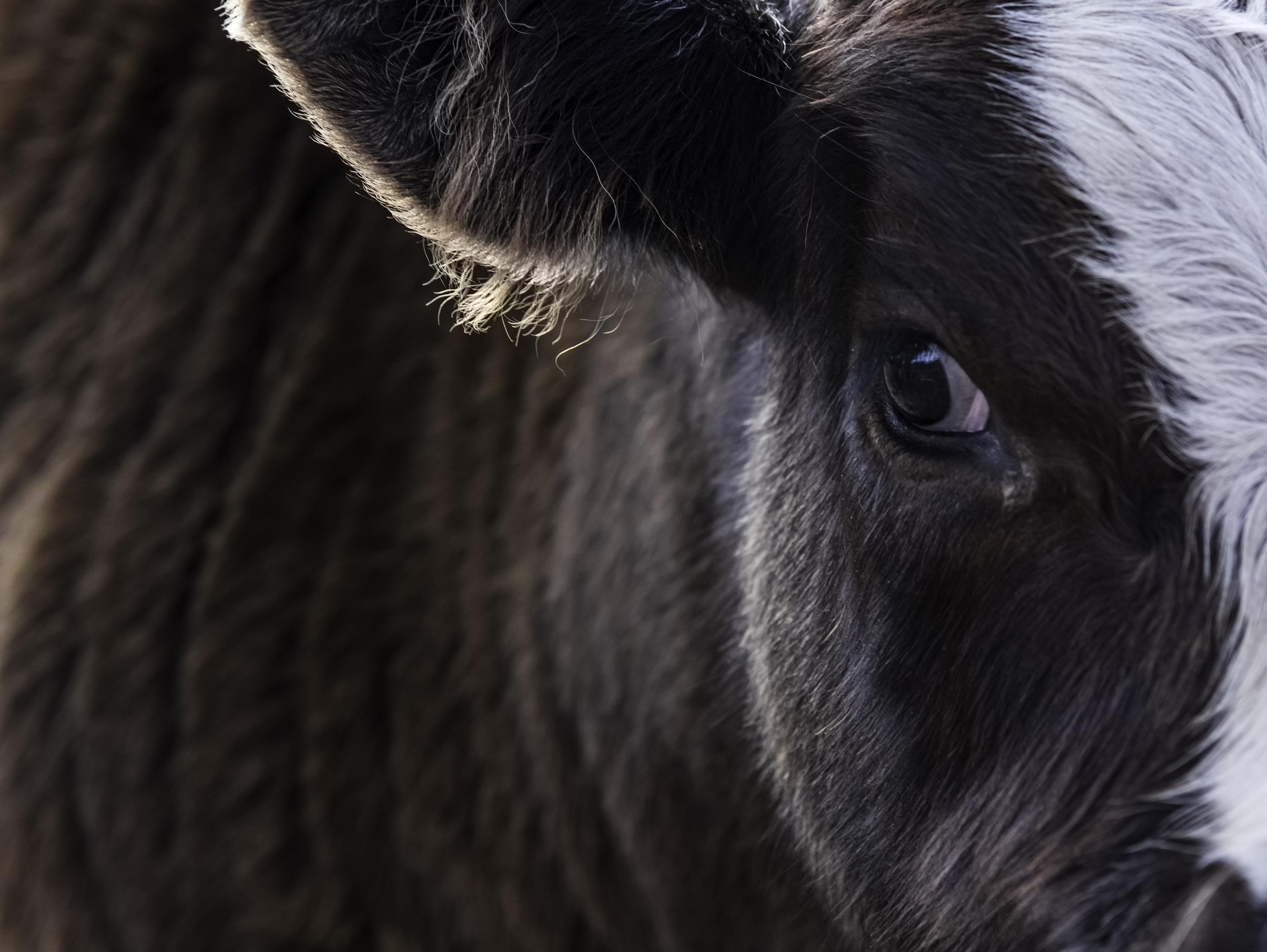
5 minute read
Routes of Disease Transmission
Routes of Disease Transmisson
by Dr. Teresa L. Steckler, University of Illinois Extension
Advertisement
The last year has been interesting socially, economically, and most of all from a human health perspective due to Covid-19. The pandemic demonstrated just how quickly a disease can spread internationally, regionally and locally. During a disease transmission emergency, efforts to contain and control the spread are essential. Many of the basic principles for disease prevention in humans are applicable for livestock. Livestock producers should have a basic understanding of how diseases can move from animal to animal, as well as location to location.
Regardless of the disease source, animal diseases (as well as human) can be spread a variety of ways to herd mates - this varies depending on the specific disease of concern. Animal diseases can be spread by five main routes of transmission: direct contact; inhalation of aerosols; ingestion; indirect transfer by fomites (such as equipment, footwear or vehicles); or vector transmission.
Direct contact is one of the main methods of disease spread between animals. It occurs when a susceptible animal comes in direct contact with an infected animal, its body fluids or tissues. Depending on the microorganism, it may be transferred directly by blood, saliva, urine, or feces. It may also be spread through contact with infected animal lesions or tissues. Entry into the susceptible animal generally occurs through contact with the mucous membranes, such as the eyes, nose, or mouth but can also enter through open wounds or breaks in the skin. Possible exposures can occur from nose-to-nose contact, biting or rubbing against each other. Some diseases of animals can also be spread during breeding or from mother-to-offspring, during gestation or via milk when nursing.
Aerosol transmission is another means of disease spread. This involves the transfer of disease agents in droplets spread through the air, which are then inhaled by another animal. Most microorganisms are not able to survive for extended periods of time within the aerosol droplets. Thus, close proximity of infected and susceptible animals is required for disease transmission. Aerosol transmission can also occur when infected droplets from urine, feces, or birthing material get stirred up from contaminated soil or dust and inhaled.
Oral transmission of disease-causing organisms involves ingestion through the consumption of contaminated feed or water, or by licking/chewing on contaminated environmental
objects. Feed and water contaminated with feces, urine or saliva are frequently the cause of oral transmission of disease agents. Fecal-oral transmission of diseases is a common means of infection in animals (and people). Shared feed and water sources can contribute to the spread of the disease.
Indirect transmission may occur by fomites. These are inanimate objects, such as equipment, clothing, footwear or vehicles, that can transfer microorganisms from an infected animal to another animal or person. Examples of fomites that may be present during a response include needles, balling guns (used to dispense medication to cattle), feed or water buckets, bedding and shovels. Even items such as clothing or vehicles may become contaminated and serve to spread pathogens.
Vector transmission refers to living organisms spreading disease from an infected animal to another. Mosquitoes, ticks, biting midges and flies are common disease carrying vectors, but sometimes rodents or birds can serve as disease vectors.
Keep in mind that transmission varies with the disease of concern and multiple routes of transmission may be possible for some diseases while other diseases may be limited to a single mode of transmission. Also, it is important to remember that some diseases may cause immediate clinical signs in livestock such as fever and lethargy as it is being transmitted, while other diseases may have a much longer latency period resulting in livestock spreading the disease initially without any clinical signs.
The old saying goes,“an ounce of prevention is worth a pound of cure.” Having and implementing a biosecurity plan is a key component of any animal health strategy for disease prevention and control. Consulting with your herd veterinarian and having knowledge of diseases of concern for your area can lead to the development of a biosecurity plan that can help prevent and control the spread of disease on your farm.
One of the first steps in preventing further spread of disease is minimizing contact between susceptible and infected animals. This is often accomplished by isolating the infected animal. When working with animals in isolated or quarantined areas, dedicated equipment should be used to prevent pathogen spread outside of the area. Proper cleaning and disinfection procedures are also important for preventing the spread of pathogens by fomites, such as equipment, vehicles, or footwear. It is important to keep all animal housing as clean and dry as possible to minimize risk of environmental exposure.
As with clean food and water, clean or fresh air is just as important. Certain diseases can be transmitted through the air. To minimize aerosol transmission, maximize ventilation to an area and provide fresh air. This will also prevent humidity and odors from building up. Also, it is important to control the amount of dust generated in animal housing areas. Dust can damage the protective cells in the respiratory tract of livestock and humans, plus result in exposure to contaminated particles that can cause disease.
Keeping feed and water clean by minimizing fecal and urine contamination is extremely important. Prevent rodent, bird, raccoon, and dog access to feed and water to prevent contamination by these vectors. Proper waste management procedures can help to keep the environment clean and dry. Cleaning and disinfection procedures for feed bunks or water tanks can help minimize transmission between animals.
There are numerous vectors that transmit diseases. Vector control begins with understanding the insect’s life cycle. Insect life stages vary and so do the specific, effective control measures. For instance, the egg laying grounds for flies are different than that of mosquitoes and midges. Due to these differences a single approach will not work. First, identify then remove possible or potential breeding areas and larval habitats. Areas of concern, such as manure or organic material, are optimal breeding grounds for some insects. Cleaning animal feeding areas and barn yards can minimize these insects and vectors. Additional areas of concern include standing water sources, such as tree holes, old tires or agitating any water sources, such as stock tanks or water troughs. In addition to cleaning these areas, several other methods exist such as: parasitic or predatory insects; insecticides, either as a knockdown or residual treatment; and baits and fly traps.
It is important to understand the diseases of concern in your area, especially mode of transmission. Understanding the diseases can help you develop a biosecurity plan with your herd veterinarian to minimize disease presence on your farm. Exposure to disease can come from a variety of sources and many disease agents can survive for extended periods of time in the environment.









